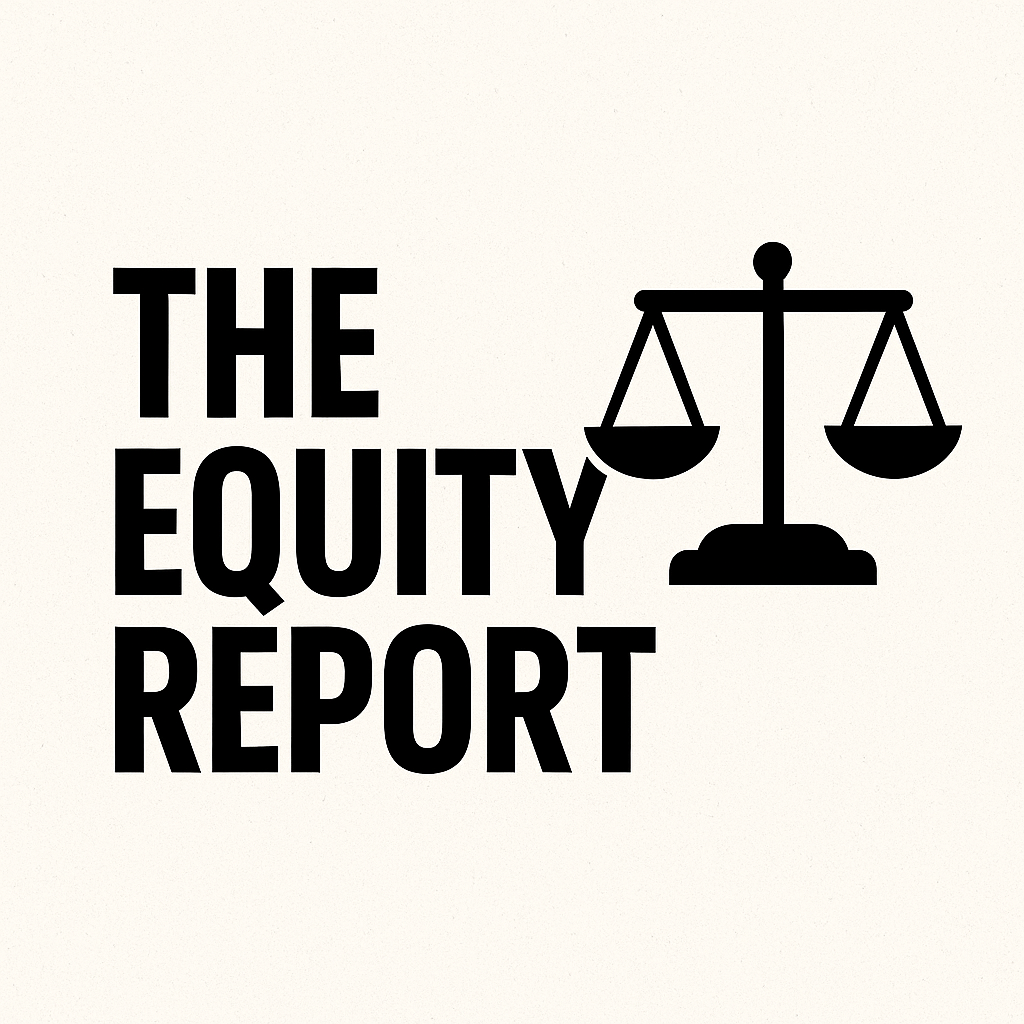
The Equity Report #1: How did Ethnic Studies come to be?
How did Ethnic Studies come to be? traces the historical emergence of Ethnic Studies as both an intellectual and political project rooted in the social upheavals of the late 1960s. It situates the field’s origins within the broader struggle for racial justice that followed the passage of the Civil Rights and Voting Rights Acts, when the unfulfilled promises of legal equality gave rise to new forms of resistance and community self-determination. Drawing on key uprisings across U.S. cities—from Watts to Detroit—the essay argues that Ethnic Studies was born from the convergence of grassroots activism, educational inequity, and systemic neglect, culminating in the 1968–69 San Francisco State College Strike led by the Black Student Union and the Third World Liberation Front. That 136-day strike, the longest in U.S. history, established the nation’s first and only independent College of Ethnic Studies, setting a precedent for similar movements at universities nationwide. By linking this history to contemporary frameworks of racial equity, community-based research, and culturally responsive grantmaking, the essay illuminates Ethnic Studies as a living architecture of equity—one that bridges activism, academia, and applied practice. Its enduring legacy demonstrates that the pursuit of justice within education and public institutions is not a single event but a continuous, evolving process grounded in collective struggle and cultural knowledge.
— Telisa Nyoka King, M.A.
